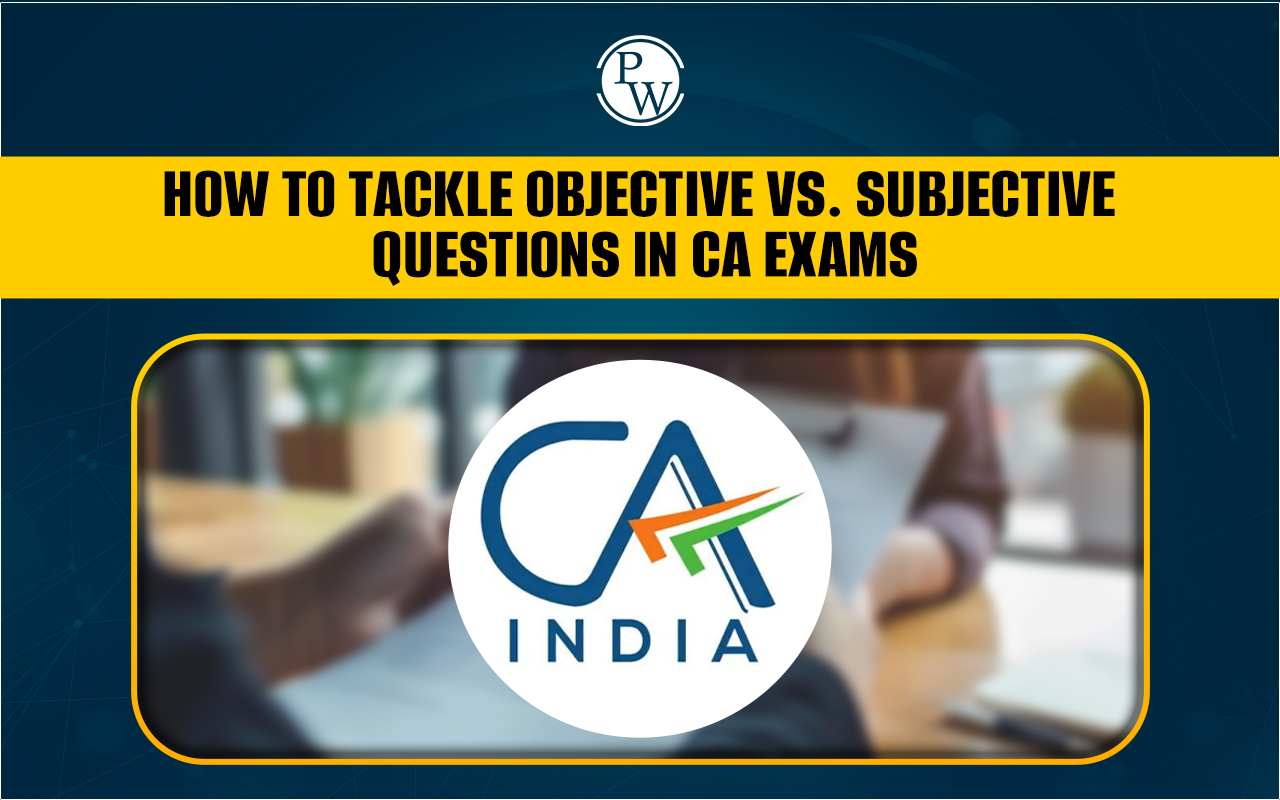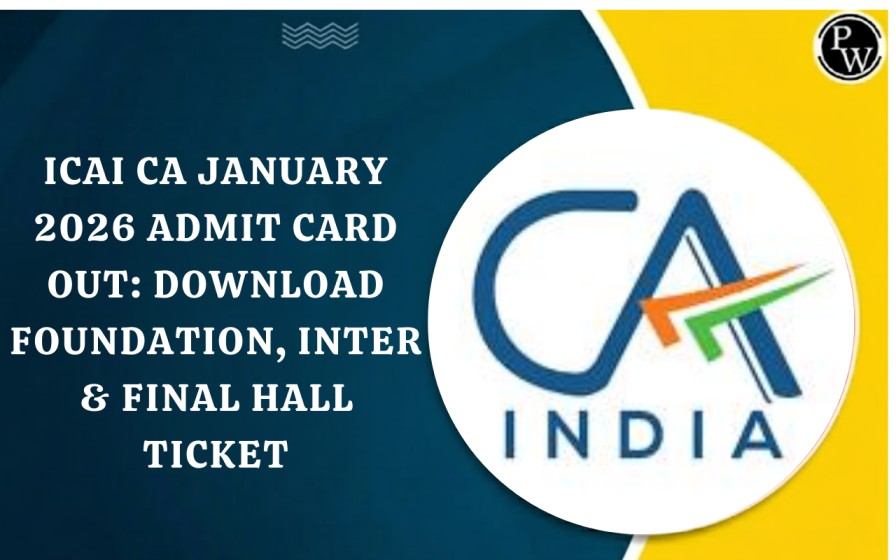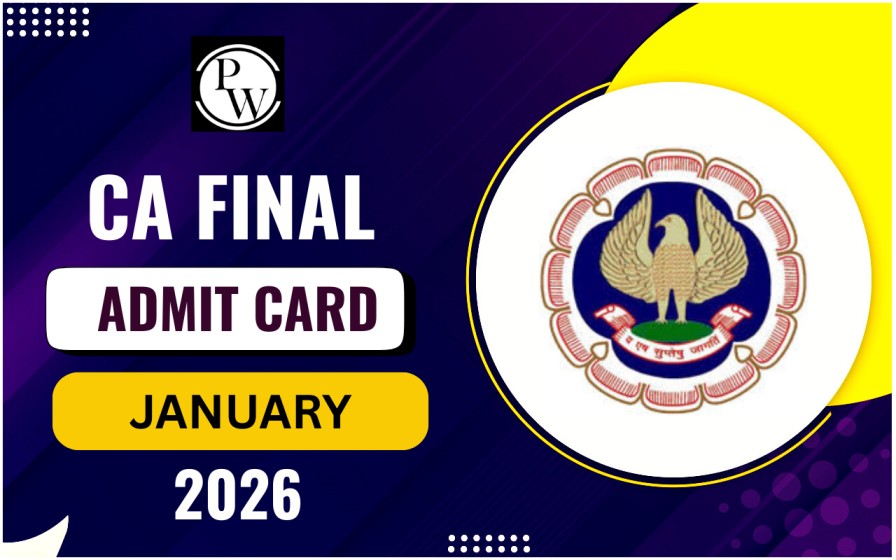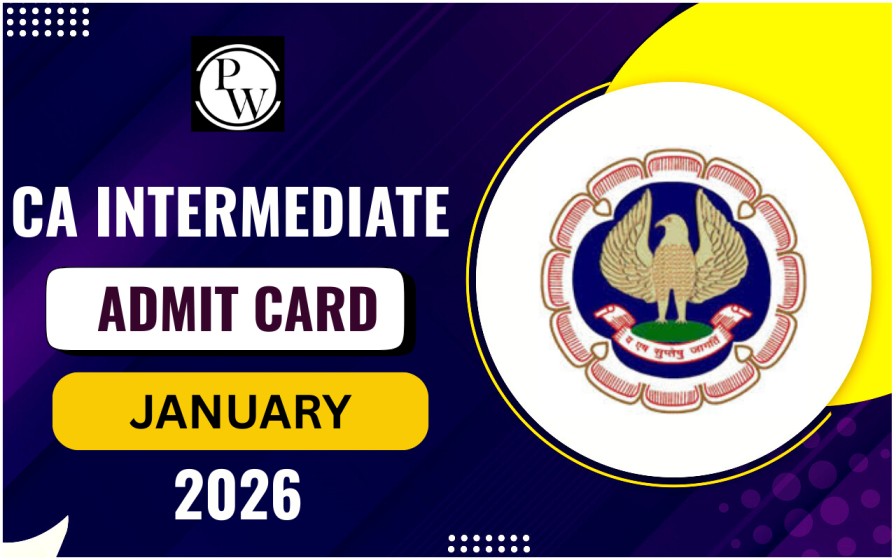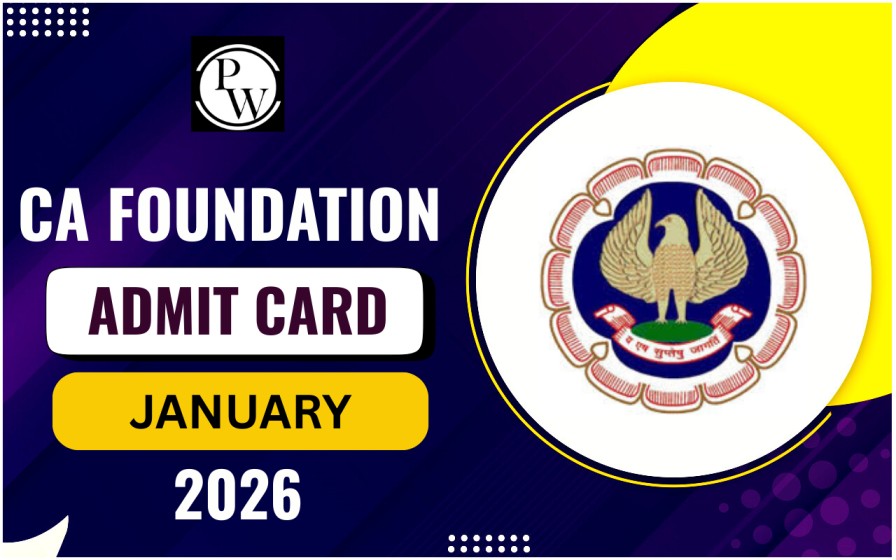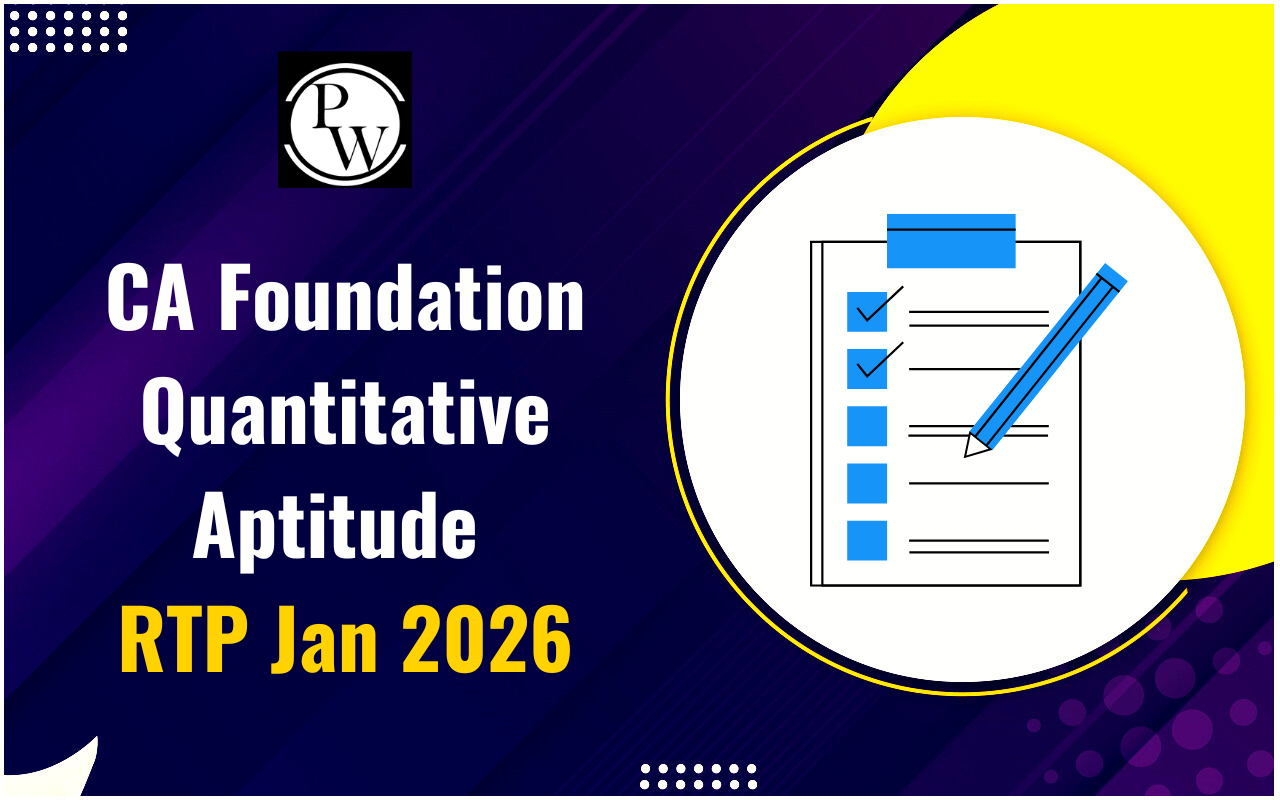
The Dissolution of Partnership Firm marks the termination of a business entity and the settlement of all accounts among partners. It is a crucial aspect of business law, ensuring that financial obligations are met and legal formalities are fulfilled.
Whether through mutual agreement, court intervention, or other legal means, the Dissolution of Partnership Firm requires careful execution to avoid disputes. Here, we will explore the different aspects of dissolution for CA exams, the legal framework, and the steps involved in settling accounts.
What is a Partnership Firm?
A partnership firm is a business structure where two or more individuals collaborate to run a business, sharing profits and losses. In India, partnership firms operate under the Indian Partnership Act, 1932, which outlines the legalities for formation, operation, and dissolution. The partnership agreement, known as a partnership deed, governs the relationship between partners, including terms for profit sharing and dissolution.
Partnership Deed and Its Importance
The partnership deed is a legal document that defines the roles, responsibilities, and obligations of each partner. Although not mandatory, registering a partnership firm and drafting a comprehensive partnership deed is recommended for legal clarity. This document is particularly useful in case of disputes or dissolution proceedings.
Dissolution of Partnership vs. Dissolution of Partnership Firm
Many people confuse the Dissolution of Partnership with the Dissolution of Partnership Firm. However, these are distinct concepts.
Dissolution of a Partnership
The dissolution of a partnership occurs when there is a change in the business relationship between partners. This can happen due to the admission of a new partner, retirement, or change in profit-sharing ratio. The firm may continue its operations with the remaining partners forming a new partnership agreement.
Dissolution of a Partnership Firm
The Dissolution of Partnership Firm, on the other hand, signifies the complete termination of business activities. It involves selling off assets, paying debts, and distributing remaining funds among partners. Once dissolved, the firm ceases to exist legally.
Legal Framework Governing the Dissolution of Partnership Firm
The Dissolution of Partnership Firm is governed by Section 39 of the Indian Partnership Act, 1932. This section states that the dissolution of the firm occurs when all partners decide to end the business together. After dissolution, the firm cannot engage in new transactions; its only function is to liquidate assets and settle outstanding accounts.
Ways of Dissolution of Partnership Firm
The Dissolution of Partnership Firm can occur in several ways, depending on the circumstances surrounding the termination of the business.
Dissolution by Agreement
If all partners mutually agree to dissolve the firm, it can be dissolved as per the terms of the partnership deed or a new agreement.
Compulsory Dissolution
A firm must dissolve under the following conditions:
1. Insolvency of Partners
If all or all but one partner become insolvent, the firm must be dissolved as they are legally incapable of conducting business.
2. Illegality of Business
If the firm’s business becomes unlawful due to changes in regulations or government policies, dissolution is necessary.
Dissolution Due to Specific Contingencies
A partnership firm may dissolve automatically under these circumstances:
1. Fixed-Term Completion
If the firm was established for a specific duration, it dissolves upon the expiry of that term.
2. Death or Insolvency of a Partner
The death or insolvency of a partner can lead to dissolution unless otherwise stated in the partnership agreement.
Dissolution by Notice
In a partnership at will, any partner can dissolve the firm by serving a written notice to the other partners.
Dissolution by Court
If disputes arise and partners cannot agree on dissolution, the court may intervene under the following conditions:
1. Mental Incapacity or Physical Inability
If a partner becomes permanently incapable of fulfilling their responsibilities, dissolution may be granted.
2. Misconduct or Breach of Agreement
If a partner engages in misconduct or consistently violates the partnership agreement, dissolution can be ordered.
3. Unsustainable Operations
If the firm continues to operate at a loss, the court may decide that dissolution is necessary for financial stability.
Settlement of Accounts During Dissolution of Partnership Firm
The process of settling accounts in the Dissolution of Partnership Firm follows a structured approach to ensure all financial obligations are met.
The addressing losses include:
-
Losses are first covered using the firm's profits.
-
If profits are insufficient, partners’ capital contributions are used.
-
Remaining losses are distributed among partners based on their profit-sharing ratio.
The distribution of assets include:
-
Third-party debts are cleared first.
-
Loans taken from partners are repaid next.
-
Capital contributions of partners are returned.
-
Any remaining balance is divided among partners according to the partnership agreement.
Public Notice Requirement
A public notice is necessary to inform creditors and stakeholders about the Dissolution of Partnership Firm. This helps in avoiding future legal liabilities.
Who is Responsible After the Dissolution of Partnership Firm?
Even after dissolution, partners remain liable for actions taken before dissolution. However, they are not responsible for actions post-dissolution unless explicitly agreed upon. Legal heirs of a deceased partner are not held liable for future business transactions.
| Also Check | |
| Tax Evasion | Optimal Capital Structure |
| Impact of Economic Policies on Businesses | Impact of Globalization on Local Economies |
| Marginal Costing | Benefits of Standard Costing in Manufacturing |
Dissolution of Partnership Firm FAQs
What is the difference between the dissolution of a partnership and the dissolution of a partnership firm?
What happens to the assets after the dissolution of a partnership firm?
Can a partnership firm be dissolved without mutual consent?
Are partners liable for debts after the dissolution of a partnership firm?
How can a partnership firm be dissolved through court intervention?



